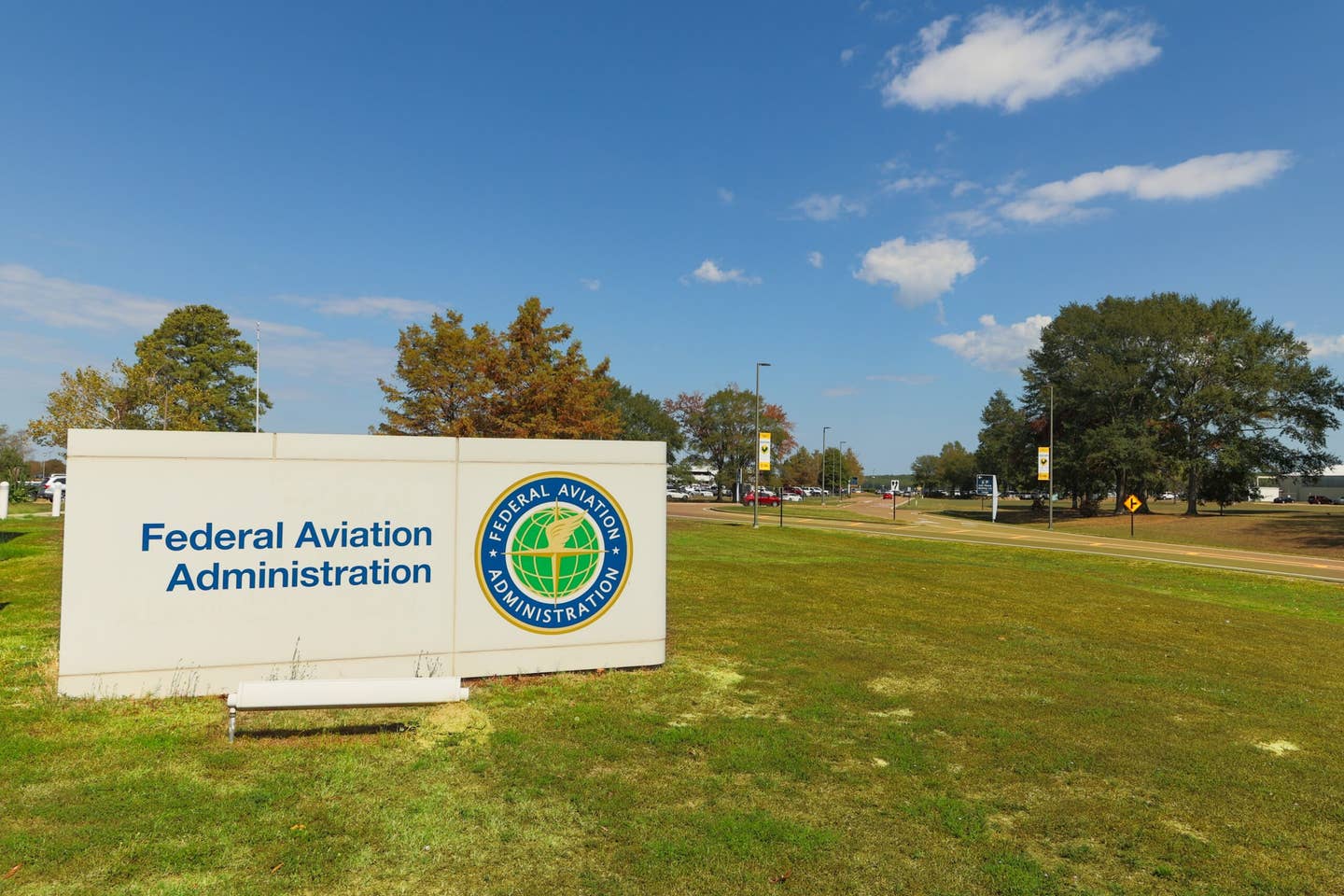Air Race Classic Ready for Launch
This year marks the 47th year for the event that traces its roots to the 1929 Women’s Air Derby.

[Courtesy: Air Race Classic]
On June 18, teams of women pilots from across the U.S. will take off from Southern Illinois Airport (KMDH) in Carbondale, Illinois, for the 47th annual Air Race Classic.
The competition promotes skill over speed along the course that measures 2,610 sm. The race is set to end June 21 at Northern Colorado Regional Airport (KFNL) in Loveland.
The Air Race Classic (ARC) traces its roots to the 1929 Women's Air Derby in which 20 female pilots, among them celebrity aviatrix such as Amelia Earhart, Florence "Pancho" Barnes, Ruth Elder, Louise Thaden, and Evelyn “Bobby” Trout, raced from Santa Monica, California, to Cleveland.
The ARC continues in the spirit of that event, with women pilots of all ages and backgrounds.
Race organizers note that this year marks the 95th anniversary of the Women's Air Derby.
"The ARC board of directors and volunteers have been hard at work preparing for our 47th race," said Air Race Classic president Donna Harris. "We welcome back veteran racers and meet new competitors at our start in Carbondale, Illinois.”
The teams consist of at least two female pilots. Each team flies a normally aspirated, piston-powered airplane in visual flight conditions during daylight hours.
To qualify for the race, they must hold at least a private pilot certificate and have 100 hours as pilot in command (PIC). One of the teammates must hold a commercial certificate and have at least 500 hours as PIC or a current instrument rating. Teams can include an additional teammate provided they hold at least a student pilot certificate.
The teams will launch from (KMDH) starting at 8 a.m. CDT in 30-second intervals. The route takes the aircraft over La Porte, Indiana; Cadillac, Michigan; Newark, Ohio; Monee, Illinois; Owatonna, Minnesota; Moberly, Missouri; Bartlesville, Oklahoma; and Dodge City, Kansas. Teams will execute high-speed flybys over a timing line at each of these intermediate airports, where they may also land to refuel, take a break, or stay the night.
- READ MORE: Air Race Classic Announces 2024 Route
Every aircraft has a handicap, and each team is responsible for its own flight planning. Each team also is assigned a handicap, and the best teams will beat that metric, so essentially the teams are competing against themselves.
Race organizers note that the official standings are not determined until all teams have crossed the finish line.

Sign-up for newsletters & special offers!
Get the latest FLYING stories & special offers delivered directly to your inbox






